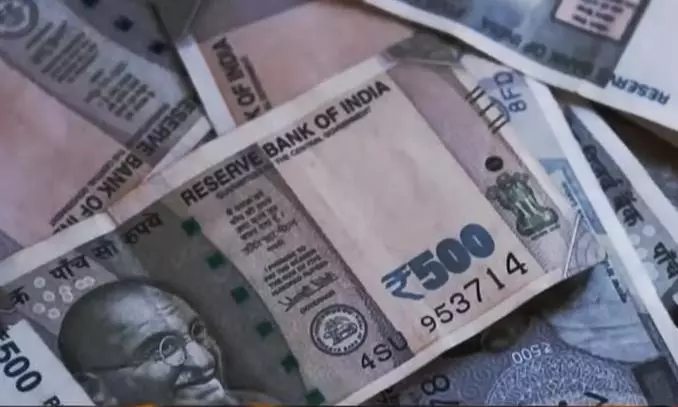India to Be a Upper-Middle Income Economy by FY36

Chennai: India will enter the upper-middle income category by FY36 and a $15 trillion economy by FY47, finds India Ratings.
Until 2006, the World Bank classified India as a low-income country. In 2007, India moved to the lower-middle income country and since then has remained there. India’s per capita GDP stood at $2,390 in 2022.
While India aims at becoming a developed, $30 trillion economy by 2047, the onward journey of $3.6 trillion dollars in FY24 will depend on the rate at which the real GDP growth, inflation (GDP deflator), and INR/USD exchange rate.
“We expect the Indian economy under different scenarios to enter into the upper-middle income category (per capita income $4,466-13,845) over FY33–FY36 and to a $15 trillion economy over FY43-FY47”, said Sunil Kumar Sinha, Senior Director and Principal Economist.
To reach $30 trillion by FY47, the Indian economy will have to grow at 9.7 per cent per annum over FY24-FY47 in the current dollar terms. In the past 50 years, there have been only two instances when the economy grew higher than 9.7 per cent per annum in USD terms for a period of 10 years: 1973-1982 and 2003-2012. Cross-country experience of 50 years suggests that it is difficult to maintain and sustain such a high rate of real GDP growth in USD terms as the economy starts maturing.
No major economy has been able to grow 7 per cent per annum on a sustained basis without the support of global demand/trade. Global trade has become fairly restrictive with protectionist practices from FY12. The urgency of meeting climate-related commitments is driving developed economies to bring changes in their trade policies, both in the form of tariffs and non-tariff measures. Therefore, the target of reaching $30 trillion by 2047 would be not easy and a lot would depend on how the global and domestic macroeconomic environment unfolds.
Further, Ind-Ra’s estimates of per capita income reaching $9,218 to $9,920 over FY43-FY47 means India would be much closer to the high-income country’s threshold of $13,846 per capita.
A few other aspects that will shape India’s growth are energy transition, low-carbon manufacturing/services, and expansion of the middle class.
The rising incomes and aspirational lifestyle of the middle-income class are driving demand for a wide range of goods and services and thus acting as a growth engine. Their consumption patterns influence consumption demand and investment decisions impact the financial markets. The size of the middle-class population, defined as households earning between Rs 5 lakh and Rs 30 lakh a year, is expected to grow to 715 million in 2030-31 and 1.02 billion in 2046-2047 from 432 million in 2020-21.

